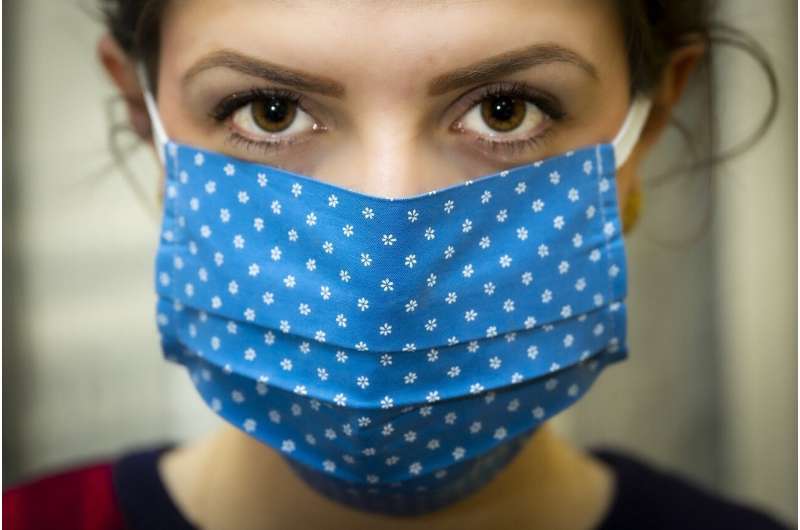Heat and humidity battle sunshine for influence over the spread of COVID-19

An international team of researchers led by McMaster University has found that while higher heat and humidity can slow the spread of COVID-19, longer hours of sunlight are associated with a higher incidence of the disease, in a sign that sunny days can tempt more people out even if this means a higher risk of infection.
The findings, published online the journal Geographical Analysis, inform the widespread scientific debate over how seasonal changes, specifically warmer weather, might shape the spread of COVID-19.
While research has shown that pathogens such as influenza and SARS thrive in lower temperatures and humidity, little is known about SARS-CoV2, the agent that causes COVID-19.
"There is a lot of pressure to reopen the economy, and many people want to know if it will be safer to do so in the summer months," says Antonio Páez, a professor and researcher in McMaster's School of Geography & Earth Sciences who is lead author of the study.
"Restrictions in movement, which have begun to ease around the world, hinge in part on how SARS-CoV2 will be affected by a change in season," he says.
Páez and colleagues from Spain's Universidad Politecnica de Cartegena and Brazil's Universidade Federal de Pernambuco investigated climate factors in the spread of COVID-19 in several provinces in Spain, one of the countries hardest hit by the pandemic, with more than 270,000 cases.
They combined and analyzed data on reported cases of the disease and meteorological information over a period of 30 days that began immediately before a state-of-emergency was declared.
At higher levels of heat and humidity, researchers found that for every percentage increase, there was a 3 percent decline in the incidence of COVID-19, possibly because warmer temperatures curtail the viability of the virus.
The opposite was true for hours of sunshine: more sun meant greater spread. The researchers speculate the increase may be related to human behavior, since compliance with lockdown measures breaks down in sunnier days.
They were also surprised to find rates of transmission dropped among more dense populations and in areas with more older adults, suggesting those populations regard themselves as being at greater risk, and so are more likely to adhere to lockdown guidance.
While older adults are more vulnerable to the disease, researchers believe they are less likely overall to contribute to the spread of the disease because they are more apt to be isolated from others because of health or mobility issues.
Páez stresses that models such as the one he helped develop show that contagion of COVID-19 declines as a lockdown progresses, possibly to the vanishing point—an argument for maintaining discipline despite the approach of pleasant weather.
"We will likely see a decrease in the incidence of COVID-19 as the weather warms up, which is an argument for relaxing social distancing to take advantage of the lower incidence associated with higher temperatures" he says. "But a more conservative approach would be to use the months of summer to continue to follow strict orders to remain in place and to crush this pandemic."
More information: Antonio Paez et al, A Spatio‐Temporal Analysis of the Environmental Correlates of COVID‐19 Incidence in Spain, Geographical Analysis (2020). DOI: 10.1111/gean.12241




















